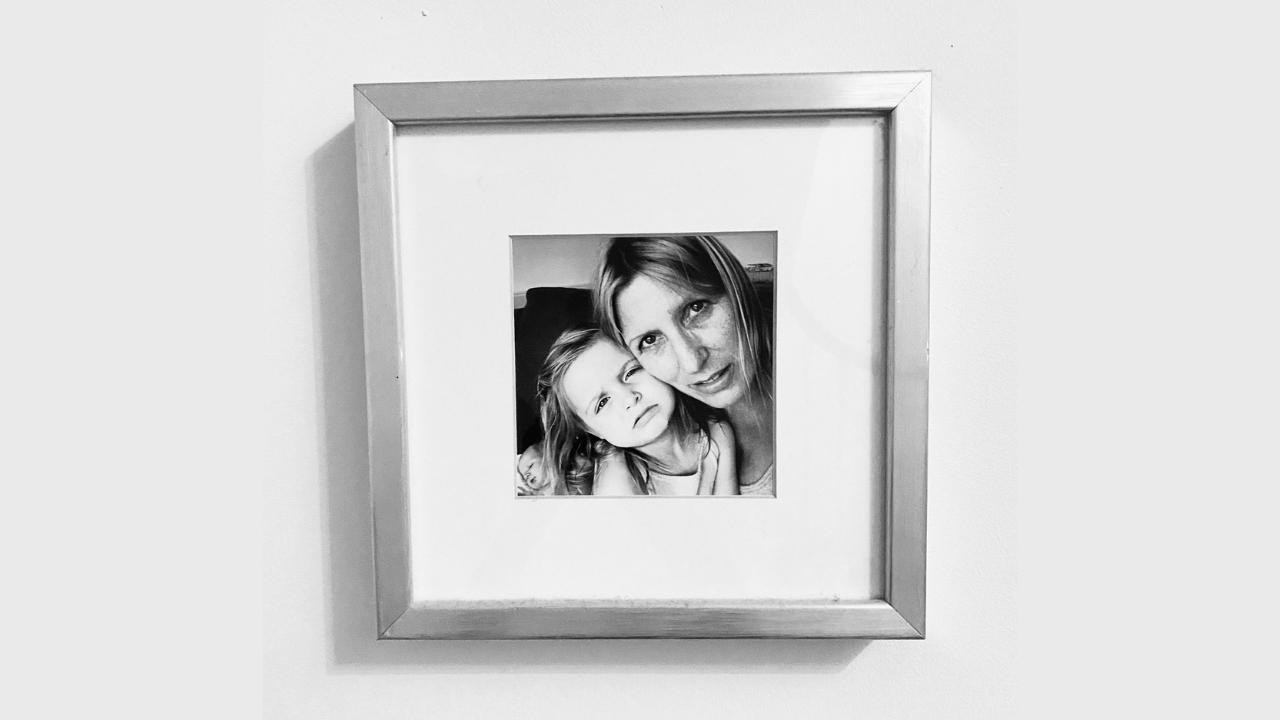Breathe like you mean it
Sep 11, 2020
One of the books for my first yoga teacher training was a tome entirely dedicated to breathing, which puzzled me greatly. ‘A whole book on breathing? How hard can it be?’ I thought, ‘breathe in, breathe out, repeat.’
I could not have been more wrong. I discovered a completely new world inside my lungs, one that lead to self-awareness, change in vitality, better posture, a calmer mind and ultimately a totally new and better lifestyle. How is that for a bit of air moving about your person?
From our first inhalation at birth to our last exhale in the moment of our death, breath is a steadfast flow, a subtle, mostly unheard sound that accompanies us throughout our entire life. And yet, it is the most underrated tool for our physical and mental health
Breathing is the only internal and vital function of the body, that we can actively manipulate by stopping and restarting at will. This is very powerful stuff.
People are now waking up to the idea that we have the tools to prevent or at least influence illness without medicines, simply by reconnecting to our body and environment. The breath is one of the most profound elements, readily available to us, no purchase necessary.
Our response to the world around us is genetically encoded
Look at the fight or flight response. It is an evolutionary state in which the body goes into high operative mode, raising the pulse and shortening the breath to prepare for one of these two actions to save our life. In order to collect as much oxygen as possible on short notice, it raises adrenaline levels and switches to short and sharp panting, only utilising the upper part of the lungs.
Our response to the world around us is genetically encoded, but technology evolved somewhat faster than our natural evolution in the last hundred or so years.
As a result the body frequently acts as if it were in a fight or flight situation: when a phone suddenly rings; when you are running after the bus across a busy street; when you watch an action movie; or when you stress over an exam looming in the future.
But here is the crux: almost NO-ONE in modern society uses optimally functioning breathing patterns - nose breathing, mouth breathing, inverse breathing - they all are part of the response to our increasingly imbalanced lifestyles. Constant fight or flight situations are so prevalent that the body resets and it becomes a permanent state.
Shallow breathing comes with a variety of health issues, such as high blood pressure, for example, a major risk for heart disease. The stress response to shallow breathing also suppresses your immune health, and the build-up of stress that comes with constant high alert can result in anxiety and depression.
Shallow breathing also results in high levels of cortisol, a stress hormone, associated with auto-immune diseases, bad sleep, hormonal imbalances and other factors. In times of stress, our body releases inflammatory chemicals, such as histamine, and that in return starts a chemical avalanche of various protective systems.
The body constantly tries to work out what defence strategy is best to stop the attack. I have often observed that students with back pain who experience stress and anxiety, also suffer from hay fever.
Make a little space for conscientious breathing techniques
Breathing exercises, or Pranayama, as they are known in yoga, activate what’s called the parasympathetic nervous system, our relaxation response. Deep breathing techniques can be your best friend but do get some guidance before you start. The parasympathetic nervous system controls digestion, rest and slows down the breath, and with that, the heart rate. Here you have it. Luckily, breathing is completely free of charge, and so here is another amazingly easy daily habit for excellent immune health, like these two simple techniques.
1) Sit on a chair with a straight back, both feet firmly on the ground. Close your eyes. Imagine that, as you inhale, air pours into your lungs like nectar into a vase — it fills up the belly first, then mid lung, then the top of the lungs. As you exhale, it flows out like nectar too: from the top of the lungs to the centre, until the belly is flat. Repeat for as long as you are comfortable. If you like, you can take a couple of seconds to mentally observe your full vase before you exhale, and wait for a couple of counts before you repeat. Only do this last step if it feels good.
2) Lie down on the floor (blanket, carpet or yoga mat are all fine) with your legs up the wall. Let your arms fall wide or let them rest on your belly, as you prefer. Close your eyes, inhale and exhale, without shaping or changing the length of your breath. You may notice that your exhale starts to be slightly longer than your inhale. This simple inversion means your diaphragm, which normally pushes upwards on exhalation, is aided by gravity, allowing your breath to gently reset. Try with an eye pillow and some soothing music in your headphones - heavenly.

Healthy breathing as an important immune function is likely a relatively new concept to some of you. But, I'll let you in on this, I have now read at least 10 different books and attended 2 further education courses entirely dedicated to breathing. I still learn something new every time.




